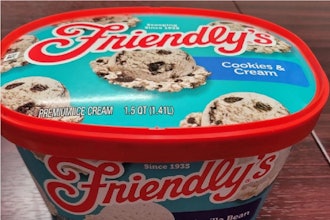
This article originally appeared in the May/June 2014 print issue of Food Manufacturing.
The Food Manufacturing Brainstorm features industry experts sharing their perspectives on issues critical to the overall food industry marketplace. In this issue, we ask: Which innovations in food labeling should food manufacturers be paying attention to, what benefits do they offer and how are they best implemented?
Consumers buy products according to personal choice. Brand reputation, packaging and labeling influence their decision. Health-conscious and environmentally aware consumers not only seek information about the nutritional value of food, but also its source. To compete on the globally, food manufacturers must meet local and international food safety and labeling standards. These require products to display extensive and legible product information, and unique codes for traceability throughout the entire food chain.
Customization of primary and secondary packaging requires a significant amount of information, like dates, lot codes, production details, shelf-life and traceability data, either on the product or its packaging. As consumer demand grows, Stock Keeping Units (SKUs) proliferate, each needing a different set of information, increasing the risk of mislabeled products. To reduce this risk and increase efficiency, manufacturers apply codes during production using late-stage customization, so the required data can be added directly onto the package instead of relying on pre-printed labels. The flexibility afforded by in-line coding and late stage customization allows for quick changeovers, reducing downtime and unnecessary waste. This works well for products destined for overseas where different languages and specific market-related information are required.
Late-stage customization on packaging lines requires technology to handle multiple labeling materials and adapt to varying throughput and line speeds. Manufacturers often use print-and-apply labeling machines because they can be integrated to existing lines and are flexible enough to be used on many packaging materials, with barcode technology providing unit- and batch-specific information. Manufacturers must use barcode-reading equipment to ensure the codes are readable throughout the global distribution chain
Subscribe to our free print edition here.






















